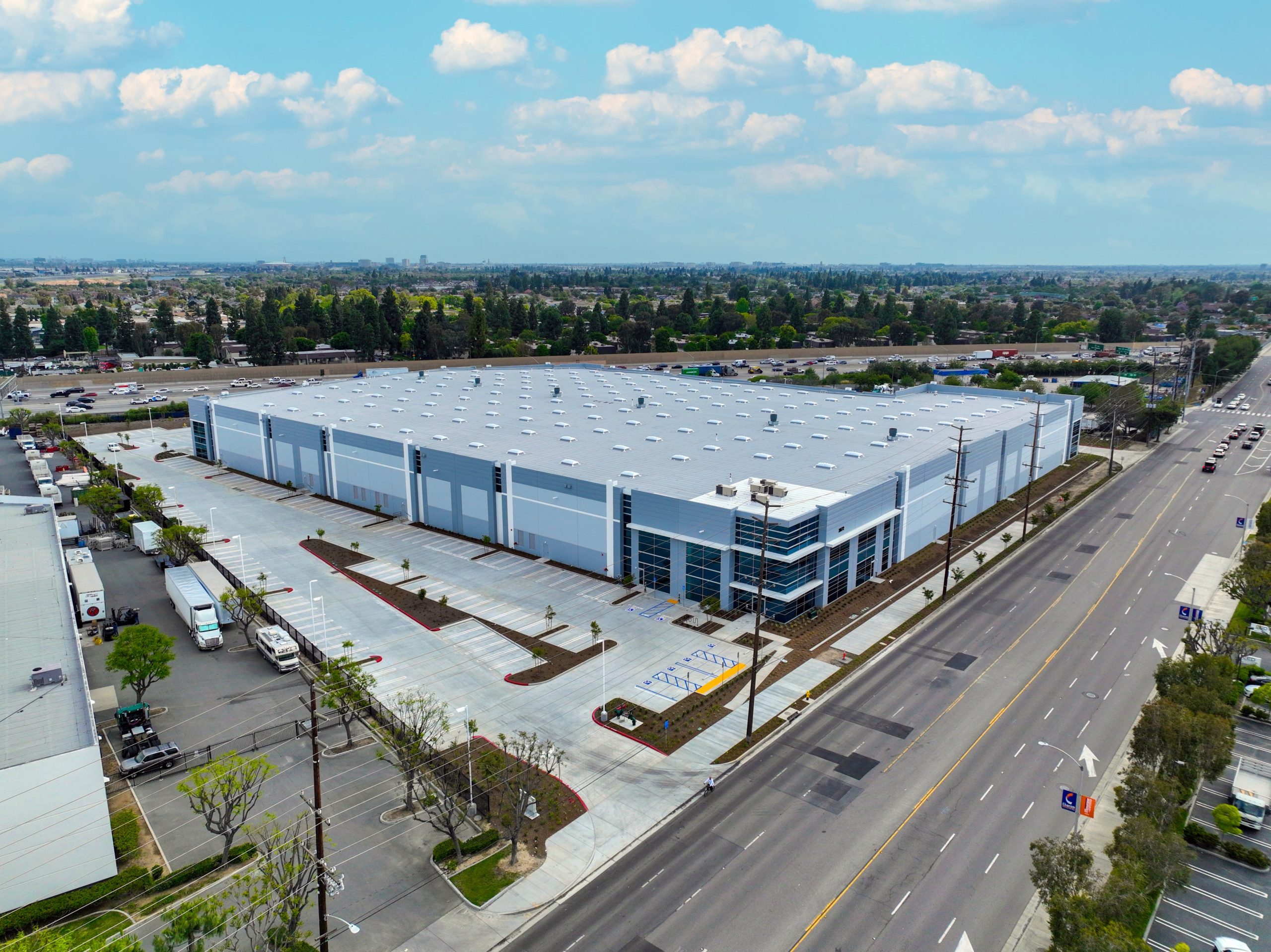This key component of the One Big Beautiful Bill (OBBB) is a game changer for commercial real estate
July 4th turned out to be more than the usual celebration of our nation’s independence. It also ushered in the resetting and expansion of key tax rules that will directly benefit commercial property owners and tenants. The so-called One Big Beautiful Bill (OBBB) was signed into law on Independence Day through the use of a process called Reconciliation, which allows legislation to pass in the US Senate with a simple majority vote. The bill passed on partisan lines, as expected, but is nonetheless now the law of the land.
In our next several posts, we will be unpacking provisions of the new law that will have direct and immediate impact on real estate decision making. Indeed, some of the new rules are retroactive to January 20th of this year. So, many of you have already benefitted from them already.
Up first is the restoration of bonus depreciation provisions contained in the Tax Cuts & Jobs Act of 2017 (TCJA), commonly referred to as the Trump Tax Cuts. In that legislation, 100% of the depreciation on capital expenditures was allowed to be written off in the year the expenditure was made rather than over the prescribed useful life of the asset. So, an HVAC unit costing $30,000 installed in 2018 could be written off in its entirety in that year, rather than $3,000 per year for 10 years. The immediate tax savings was enormous and it gave the economy a corresponding boost. However, due to the rules of Reconciliation, tax cuts that are expected to impact the federal deficit for more than 10 years, must have sunset provisions. So, the 100% bonus depreciation has been phasing out over the last three years. First down to 80% in 2023, then to 60% in 2024 and then down to 40% in 2025. With the passage of the OBBB, the 100% rule has been reinstated and will remain in place permanently.
Among other things, the new law brings a fresh level of certainty to both small and large businesses, allowing them to make strategic decisions knowing what the rules are and what they will be years into the future. And, it is that new level of certainty that will be the catalyst to an increase in commercial real estate market velocity, which has been hampered by the reluctance of decision makers to come off the sidelines and back into the game.
Anecdotally, our team has already seen an uptick in activity in terms of our listings and new tenant/buyer requirements. We believe that once the word really gets out and the IRS offers further guidance through the writing of specific rules, pent up demand will surge and the current supply/demand balance will reset. This may put upward pressure on pricing, as well, but the first impact will be a reduction in time-on-market for lease and sale products, which has been increasing over the past two years. Hopefully, the increase in transaction volume will help the market absorb some of the new product that has been added to the speculative inventory without significant pre-lease activity.
Let’s take a quick look at a hypothetical scenario for a CNC machining business owner who decides to move into larger facilities to grow revenue. He moves from 10,000 square feet into 20,000 square feet in 2025, purchases new machinery and upgrades the electrical panel to power the new equipment. Total cost is $200,000, but he is confident he will see an immediate return on that property investment due to a backlog in orders. He also negotiates with the landlord who agrees to spend $70,000 to add new offices and shop restrooms.
Assuming both he and the landlord have combined Federal and State tax brackets of 47% (35% fed, 12% state), the tenant will save $94,000 in taxes in 2025, reducing his actual after-tax expenditure to just $106,000. The landlord would save $32,900 bringing his after-tax expenditure down to just $37,100. Both of them benefit from the new law and each have additional incentive to take action. Without bonus depreciation, the tenant would have saved just $9,400 in taxes (assuming a 10 year life on the new equipment) and the landlord would have thrown his $70,000 expense into the 39 year life of the building’s structure and saved almost nothing in taxes. Though, when he eventually sells the property, he will get to add the $70,000 to his basis, lowering his capital gain tax exposure. The point here is that the savings are immediate and provide a huge offset to the upfront capital expenditures. In our experience, that means more deals will be made, as both parties come out a winner.
At absolute minimum, you, as a business owner, should immediately consult your tax advisors to learn more about how you can benefit from these changes to the tax code. This is especially true for capital intensive businesses that rely on sophisticated equipment and machinery. However, even the simplest of distribution businesses can also benefit, as racking systems, forklifts and trucks are all eligible for 100% bonus depreciation.
This is just the beginning of our conversation on the OBBB. Over the next couple of months, the IRS will be working on the actual codes and regulations that will be our road map to taking full advantage of the new law. Stay tuned for more on bonus depreciation and other key components of the OBBB.
We are very excited about what this all means to you, and we are committed to bringing you as much as we can in terms of helpful guidance. Even if you have no plans to move, this new law will benefit you. It’s not all real estate related. Rather, it will impact your business’ bottom line retroactively to January 20th of this year. In our book, it’s cause for celebration and action. More to follow.


